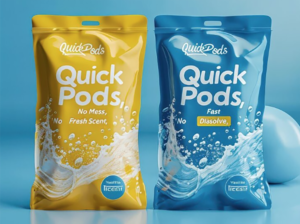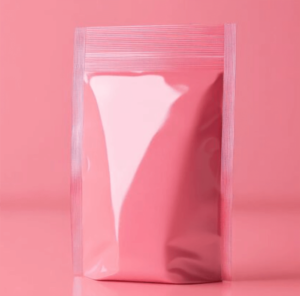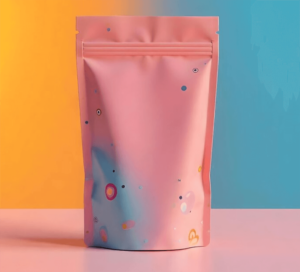Flexographic printing (flexgraphic printing) and rotogravure printing are two common printing processes that differ significantly in several ways:
Principles of Printing
Flexographic printing: The use of a flexible raised image printing plate, usually made of rubber or polymer. Ink is transferred to the raised portion of the plate, and the ink is then transferred directly to the substrate by means of an impression cylinder, similar to the process of stamping.
Gravure printing: The image portion of the plate surface is recessed, while the non-image portion is raised. Ink fills the concave image portion, then the excess ink is scraped off the plate surface by a squeegee, and finally the ink from the concave portion is transferred to the substrate by an impression cylinder.
Plate making
Flexographic printing: plate making is relatively simple and inexpensive. Plates are usually made directly on the flexo plate using digital imaging technology, which is fast and suitable for short- and medium-run printing jobs.
Gravure printing: The plate making process is complex and costly. It is necessary to make the master plate first, and then transfer the image to the cylinder to form the printing plate through electroplating and other processes. The plate-making cycle is long, making it suitable for long-run printing tasks.
Printing Quality
Flexographic Printing: In the past, the quality of flexographic printing was relatively low, especially in terms of detail and color reproduction. However, with continuous technological advances, the quality of modern flexo printing has improved significantly, allowing for higher resolution and color accuracy, although it is still slightly inferior to gravure printing in terms of highlights and dark tones.
Gravure printing: capable of providing extremely high print quality, with clear images, vibrant colors, and rich layers, especially in the performance of fine lines, gradations, and minute details. Therefore, it is often used for products that require very high printing quality, such as high-grade magazines and cigarette packages.
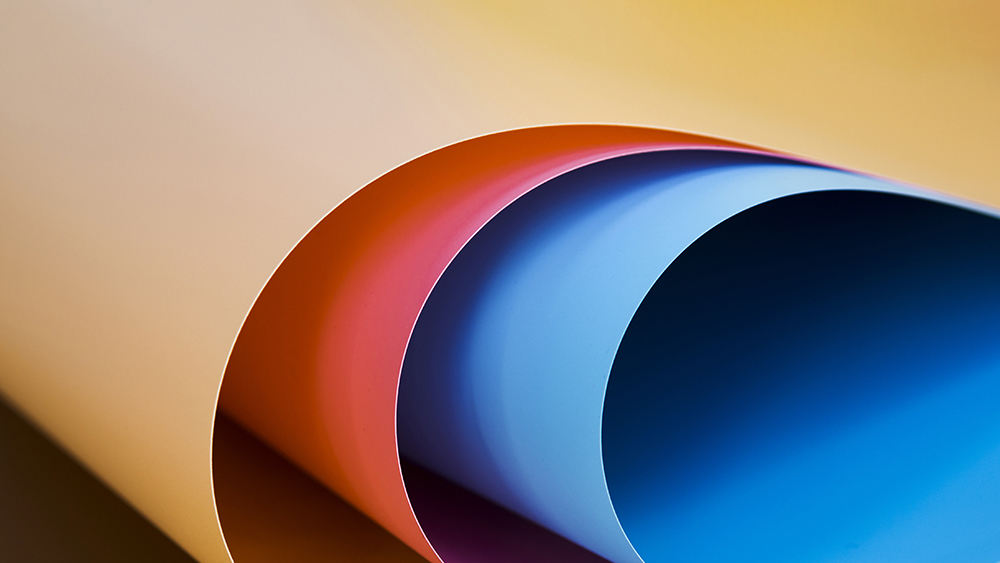
Ink use
Flexographic printing: Water-based ink, solvent-based ink or UV ink is usually used. Water-based ink has the advantages of environmental protection and fast drying speed, which is in line with modern environmental protection requirements, so it is widely used in flexographic printing.
Gravure printing: mainly use solvent-based ink, which dries quickly, but contains volatile organic compounds (VOCs), a certain degree of pollution to the environment. However, in recent years, the use of water-based gravure ink and UV gravure ink is also being gradually promoted.
Printing speed
Flexographic printing: relatively fast printing speed, suitable for high-speed printing line. Generally speaking, the speed of flexographic printing machine can reach several hundred meters per minute or even higher, which can meet the needs of mass production.
Gravure printing: Printing speed is also fast, but due to factors such as plate making and ink drying, its productivity may not be as good as that of flexographic printing in some cases. However, the overall productivity of intaglio printing is still very high for long printing jobs.
Costs
Flexographic printing: low plate-making costs, relatively low ink costs and relatively low investment in equipment give it a cost advantage for short and medium-run printing tasks.
Gravure printing: High plate costs and expensive equipment make it suitable for long-run printing jobs. For printing larger quantities of products, gravure printing may be more competitive in terms of unit cost due to the lower plate cost spread over each product.
Fields of application
Flexographic printing: widely used in the field of packaging printing, such as cartons, paper boxes, plastic films, labels and so on. In addition, it is also used for some disposable printed materials, such as newspapers, flyers, etc.
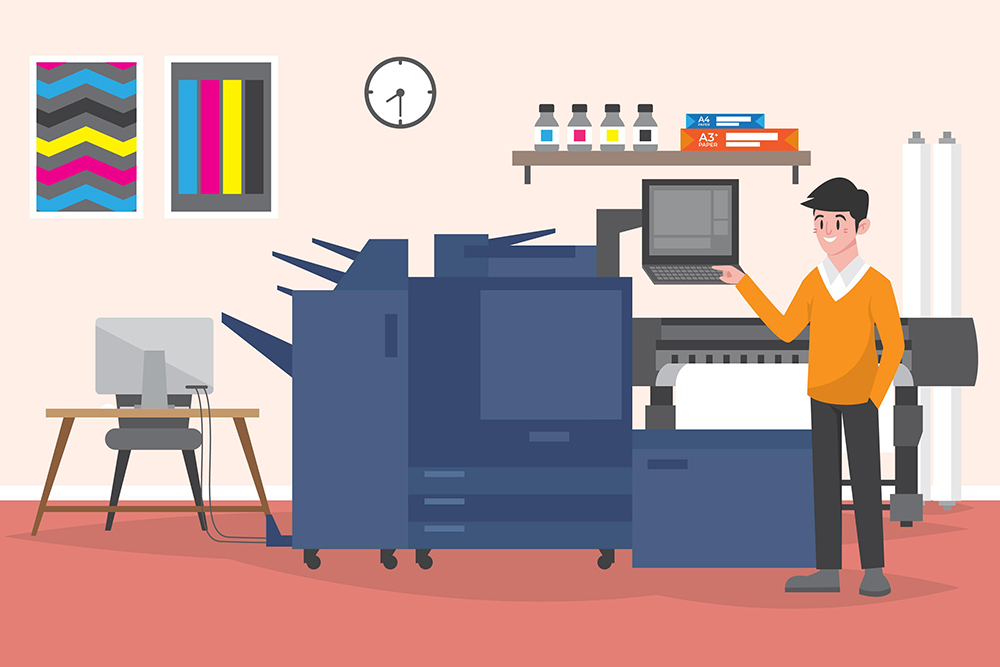
Gravure printing: commonly used in high-grade packaging printing, such as cigarette packaging, liquor packaging, cosmetic packaging, etc., as well as some publications that require high-quality printing, such as high-grade picture books, magazines, etc.
Choosing the right printing process requires comprehensive consideration of a number of factors, the following are some key points to help you make the right choice:
Printing Quantity
Short-run Printing: If the number of prints is small, like dozens to hundreds of brochures, samples, etc., digital printing is a better choice. It does not need to make a plate, can be quickly output, the cost will not be printed in small quantities and a substantial increase. Flexographic printing is also suitable for short-run printing, plate making is relatively simple and low cost, and can quickly respond to small orders.
Medium-run printing: Flexographic printing and offset printing are both feasible when printing quantities of several hundred to several thousand copies. Flexographic printing has an advantage in the field of packaging, offset printing is excellent in print quality and color reproduction, commonly used in brochures, magazines and so on.
Long-run printing: Gravure and offset printing are preferred when printing thousands of copies or more. Gravure printing plate is durable and can ensure stable quality when printing a large number of copies, commonly used in cigarette packaging, plastic film, etc.; offset printing is widely used in books, magazines and other large-scale printing.
Printing Quality Requirements
High-precision Printing: Gravure printing and offset printing are more suitable for products that require high image clarity, color accuracy and details, such as high-grade picture books and luxury packaging. Gravure printing can present rich layers and delicate colors, and offset printing excels in color reproduction and dot accuracy.
General quality requirements: If the printing quality requirements are not particularly demanding, such as ordinary flyers, cartons, etc., flexographic printing and digital printing can meet the needs. Flexographic printing has been improving in quality in recent years, while digital printing can output quickly to ensure the basic visual effect.
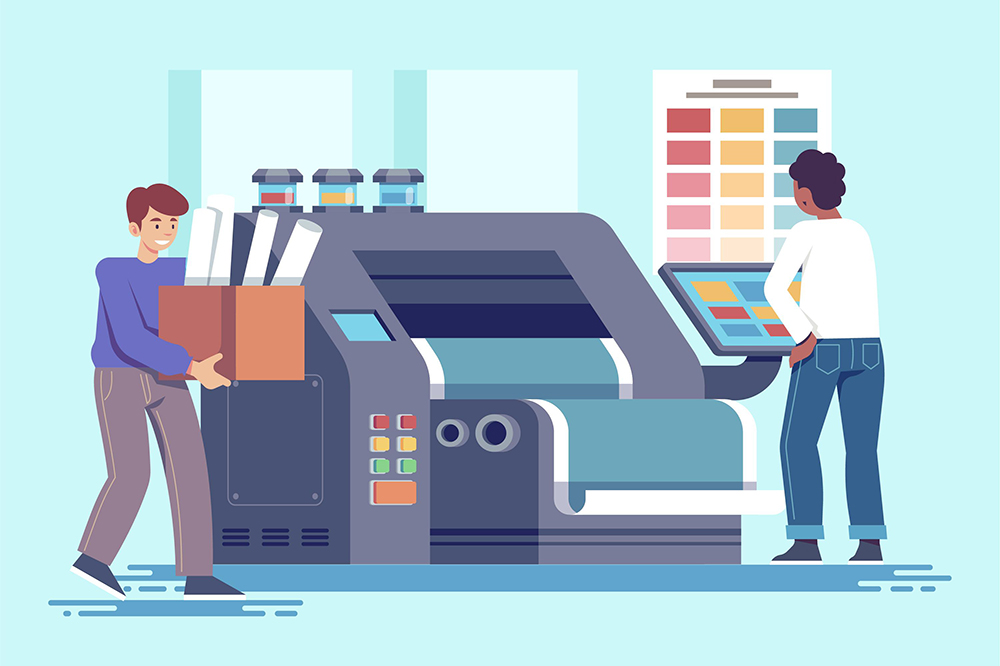
Printing materials
Paper: Offset printing is a common process for printing paper, which can achieve good printing results on a variety of paper, including coated paper, offset paper, etc. Digital printing is also suitable for paper printing, especially for personalized printing needs.
Plastic film, metal foil, etc.: Flexographic and gravure printing are commonly used for printing on non-paper materials such as plastic film and metal foil. Flexographic printing can use water-based inks, which are environmentally friendly and suitable for a wide range of plastic films; gravure printing has an advantage in the long printing of plastic films, which can ensure the stability of colors and patterns.
Special materials: For some special materials, such as fabrics, leather, etc., it is necessary to choose the appropriate printing process according to the material characteristics. Digital printing is more adaptable on special materials and can achieve personalized printing effects.
Cost budget
Plate-making cost: digital printing does not require plate-making, which can save the plate-making cost and is suitable for short-printing with limited budget. Flexographic printing plate-making costs are relatively low, while gravure printing and offset printing plate-making costs are high, especially gravure printing, plate-making process is complex and expensive.
Ink and consumables costs: Different printing processes use different inks and consumables costs. For example, flexographic printing can use water-based ink, relatively low cost and environmental protection; gravure printing solvent-based ink costs are higher, and there are environmental treatment costs.
Equipment and labor costs: equipment investment and labor costs are also factors to consider. Digital printing equipment is relatively simple, easy to operate, low labor costs; while gravure printing equipment is expensive, requires professional operators, high labor costs.
Time requirements
Rapid delivery: digital printing without plate making, can be completed in a short period of time printing, suitable for time-critical orders, such as urgent promotional posters, event invitations.
Regular delivery: for orders with a certain time buffer, flexographic printing, offset printing and gravure printing can meet the demand. However, gravure printing may have a relatively long overall delivery time due to the long plate-making cycle.
Environmental Requirements
Environmental Priority: If there is a high demand for environmental protection, priority should be given to printing processes that use water-based inks, such as flexographic printing and water-based offset printing. Digital printing is also relatively environmentally friendly and produces less waste.

